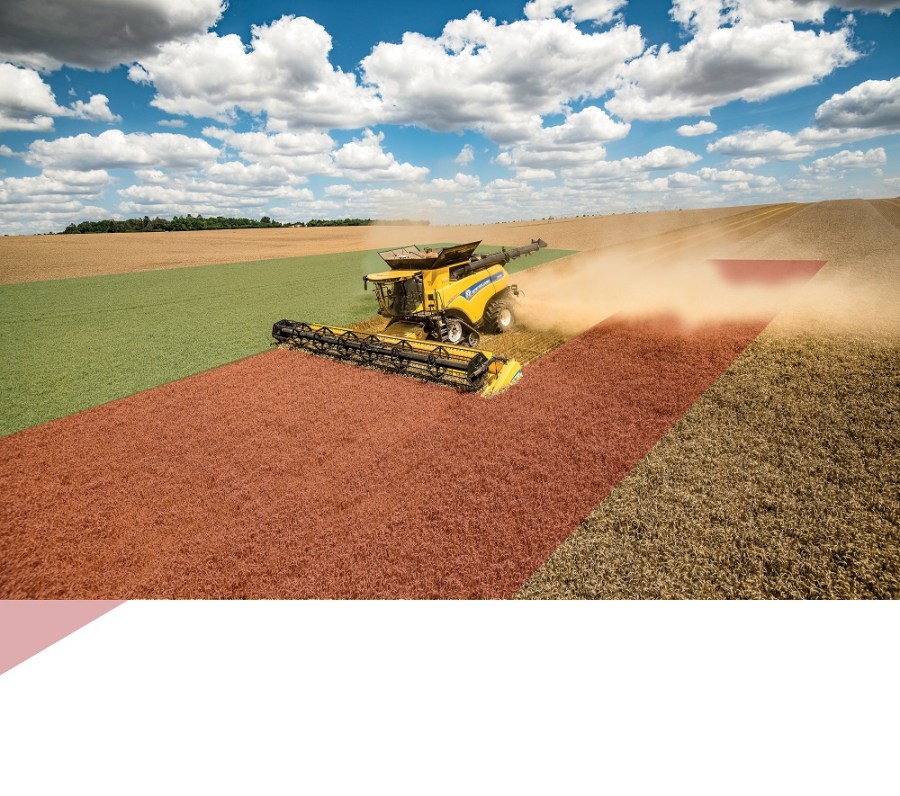Comparing the on-farm performance of one animal versus another, or one treated tramline of wheat against its neighbour, is something that a growing number of farmers are actively doing. But failure to remove the statistical variability between two treatments can leave the ‘what worked best decision’ flawed.
Farm-centric science is vital for the future – BASF needs farmers and farmers need us. While we know that research and development is respected by growers as a mechanism for discovering new products, our use of small-plot and laboratory-based assessments are considered too far removed from testing on farmers’ own fields, using their own machinery.
Growers were looking for us to work with them in a more practical way, and it was this that resulted in the BASF Real Results circle being formed. This is a three-way alliance between ADAS, 50 progressive UK arable farmers and BASF that started two years ago. Our collective mission has been to remove the variability that is commonplace in farm-scale agronomy trials.
We also wanted to build a partnership with the farm network to better understand the challenges and needs of forward-thinking growers, as well as farms on which we could trial our new product pipeline.
But to prove that one approach delivers more output, or profitability, than another, requires statistical confidence. Our use of drones and NDVI techniques has been an important step forward in visually showing us how an individual field differs from one area to the next. Commonplace variations can be extreme over relatively short distances, for example, from wet, cold heavy clays, through to an easily worked, friable tilth that’s free draining.
These variations are crucial to factor in to what trials results actually show, which is why we started working with ADAS to start a game-changing, farm-centric approach to field trials.
The partnership resulted in the introduction of the Agrōnomics system, an innovative way of bringing statistical rigour to tramline assessments. Within the network of the 50 Real Results farms, it’s been used to determine the performance of one wheat fungicide programme with another, in this instance, programmes based on Adexar (fluxapyroxad+ epoxiconazole) and Librax (fluxapyroxad+ metconazole) versus the farm standard.
Agronōmics was developed by ADAS and AgSpace with the British Geological Survey (BGS) and the tool is about trial design. We’re using because it’s about doing farm-scale research, well. It’s also about having a closer connection between researchers and growers, recognising that innovative ideas are just as likely to come from farmers as scientists.
And this link represents the future. Personally, I’ve loved the challenge of our pioneering partnership of the Agronōmics project and what it has made possible. For us as a company, it’s also been daunting at times, because we’ve been completely transparent with farmers and their agronomists about the results, even when BASF’s weren’t the best products.
We’ve championed this approach because we want to build honest and trusted partnerships with farmers, to co-create the solutions for the future with them. At present, Real Results is working with farmers to test cereal fungicides, but it will be used for testing a range of agronomic ideas, on a field scale, as well as trialling our new cereal fungicide, Revysol.
It’s technology like this that will be hugely valuable in helping farmers take meaningful decisions to help their business bottom-line. So we plan to continue working with the 50 Real Results growers in a number of field-based research projects. Our aim is to partner with farmers to discover a lot more than simply the best fungicide – they will get great insight into unlocking yield potential, making it an invaluable way for them to eliminate some of the uncertainty in farming.
BASF will be continuing the Real Results farm partnerships into 2019 and will grow the use of Agronōmics into other crops, including oilseed rape.
Michael Wagner is BASF’s business director of Agricultural Solutions in the UK, Ireland, the Nordics and Baltics




